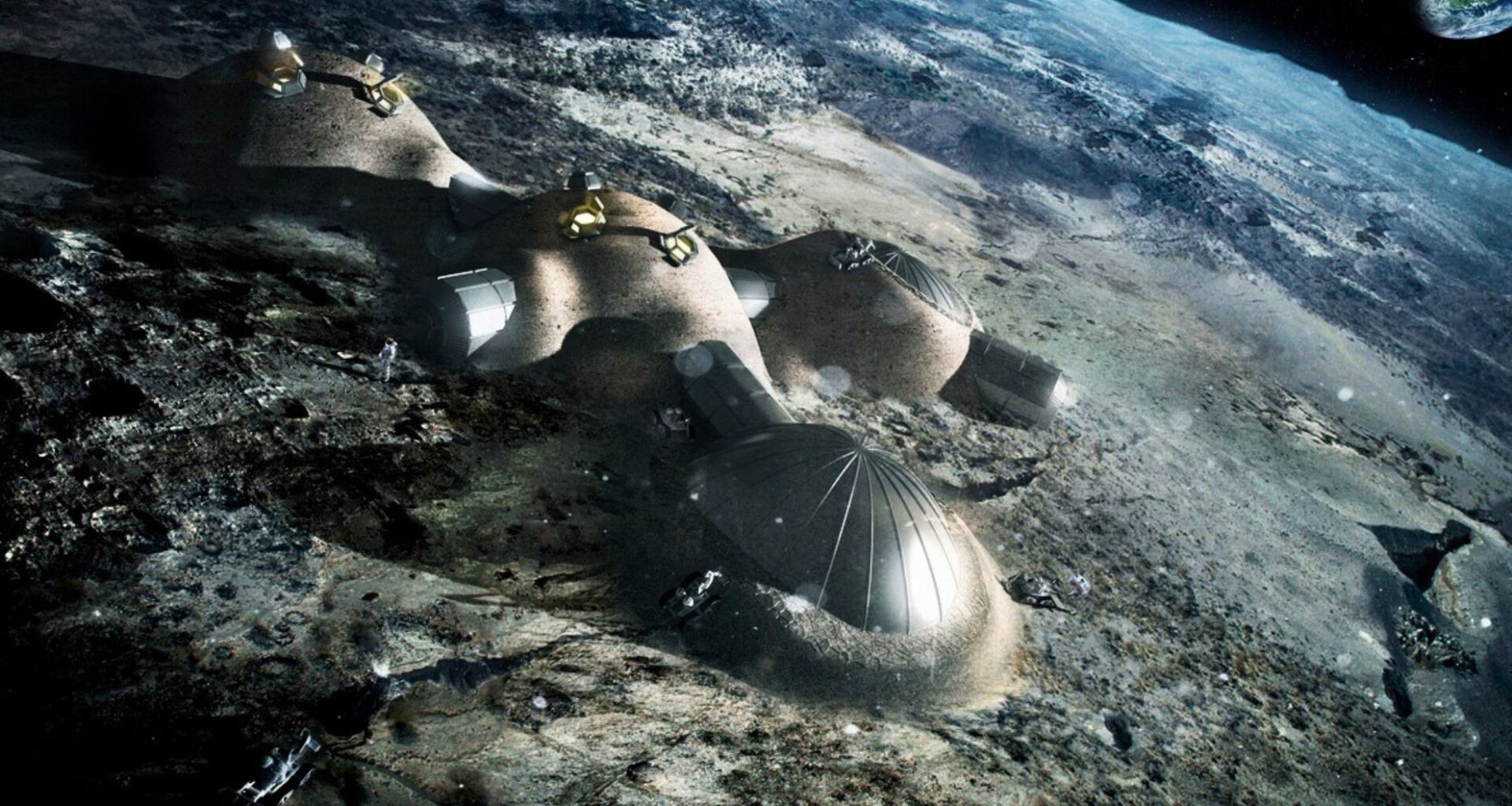In the highlands of northeastern China, under the jagged rocks of an ancient volcanic cave, two four-legged machines clamber through the darkness. They twist and turn, adapt to tight spaces, and scan their surroundings with unblinking sensors. Named Anteater and Salamander, these robots aren’t navigating a sci-fi film set—they’re part of China’s evolving blueprint for returning to the Moon. But unlike previous lunar missions that centered on astronauts, this plan starts with machines.
Unveiled by researchers at Peking University and the Beijing Academy of Artificial Intelligence, the two robotic prototypes are designed to traverse the Moon’s lava tubes—vast underground tunnels formed by ancient volcanic flows. Their ultimate goal: to map and evaluate these subterranean spaces as potential shelters for future human habitats.
China, which has already landed on both sides of the Moon, is now pivoting toward what it calls a “robot-first” strategy. Rather than sending humans to assess hostile terrain, Beijing is developing autonomous explorers that can navigate dangerous environments with no real-time control from Earth. The shift underscores a broader trend in lunar exploration—one where intelligence, not bravery, leads the way.
And the timing matters. While NASA’s Artemis program has seen delays pushing a crewed return to the Moon into the late 2020s, China’s target of 2030 for its first human landing remains unchanged. The robotic dogs are just one part of a larger push to establish a sustained presence on the Moon’s south pole, where water ice and mineral-rich regolith hold both scientific value and strategic weight.
Lava Tubes as Lunar Sanctuaries
For decades, scientists have speculated that lunar lava tubes could offer natural shelter from the Moon’s many hazards: extreme temperatures, cosmic radiation, and micrometeorite impacts. Temperatures on the surface can swing from 127°C in daylight to -173°C at night, while radiation levels are up to 200 times higher than on Earth’s surface.
Recent measurements from China’s Chang’e 4 mission, which landed on the Moon’s far side in 2019, confirmed the threat. A study published in Science Advances measured radiation exposure at about 13.2 micrograys per hour on the surface, translating to a dose that exceeds safe limits for prolonged human stays. But deeper underground, within the lava tubes, simulations suggest radiation could drop to a manageable 1 millisievert per year—comparable to living on Earth.
These tunnels, some stretching for miles, could serve as foundations for permanent lunar habitats, offering natural insulation and stability. The challenge lies in reaching and exploring them safely, a task for which Anteater and Salamander appear well suited.
Autonomous Scouts With Complementary Skills
The two robots are not clones. Anteater, equipped with a flexible robotic arm, is built for precision: it can pick up rock samples, install sensors, and maneuver over jagged obstacles. Salamander, by contrast, uses adaptive wheels and a lightweight frame to slide through tight passages and unstable terrain. Together, they provide a versatile toolkit for mapping environments that are too narrow or too dangerous for humans—or even traditional rovers.
Field tests conducted in a volcanic cave near Lake Jingbo, in China’s Heilongjiang Province, revealed just how effective these designs can be. In the tests, the robots operated autonomously, using lidar and visual sensors to generate detailed 3D maps without human input. According to lead engineer Zhang Shanghang, the AI algorithms behind the machines allow for real-time decision-making, even in unpredictable settings where GPS is unavailable and communication with Earth is delayed.
“These aren’t remote-controlled toys,” Zhang said during a recent press briefing. “They think, react, and adapt.”
A Lead in the Lunar Race?
While much attention remains fixed on NASA’s Artemis delays and budget overruns, China’s robotic efforts are gaining momentum. In 2024, the country’s Chang’e 6 mission successfully returned samples from the Moon’s far side—a first. Future missions, including Chang’e 7 (scheduled for 2026), will focus on seismic studies and resource detection, laying the groundwork for a research station at the lunar south pole.
By deploying autonomous scouts ahead of crewed missions, China is effectively mitigating the biggest risks of lunar colonization. In doing so, it may gain critical lead time—establishing safe landing zones, verifying structural stability within lava tubes, and identifying resource-rich sites before American astronauts even arrive.
There’s also a growing consensus that such preparatory work could reduce mission costs and increase the odds of long-term survival for future lunar crews. A 2020 NASA-supported study found that habitat construction within lava tubes could significantly lower radiation exposure and infrastructure needs, potentially allowing for longer-duration stays with reduced risk.

